
The Journal to Knitehood #2: Time to Move
Another Step another Journey Journal entry!
What an interesting week! Some celebrating, some in despair, and for some this year has just been taking it's toll and are really feeling it this week as the year comes to an end!
With that being said I did not want to stream yet alone continue on this Journey but we needed to keep pushing through it all. It's the only way to overcome any obstacles whether in Chess or in life!
Thankfully we decided to keep on! This community is so encouraging and I can not express enough how important it is for us to encourage and hold each other accountable to reaching our goals!
Alright, now lets talk about last weeks "Step".
We continued with Chess.com's Study Plan: How to Play Chess| Rules + 7 Steps to Begin - Learn to move the Pieces (Click Here)
We Started with the King! Here are some key things that we learned
The King
1. Most important piece in the game.
2. It can only move on square in any direction,
3. It can not put itself in check.
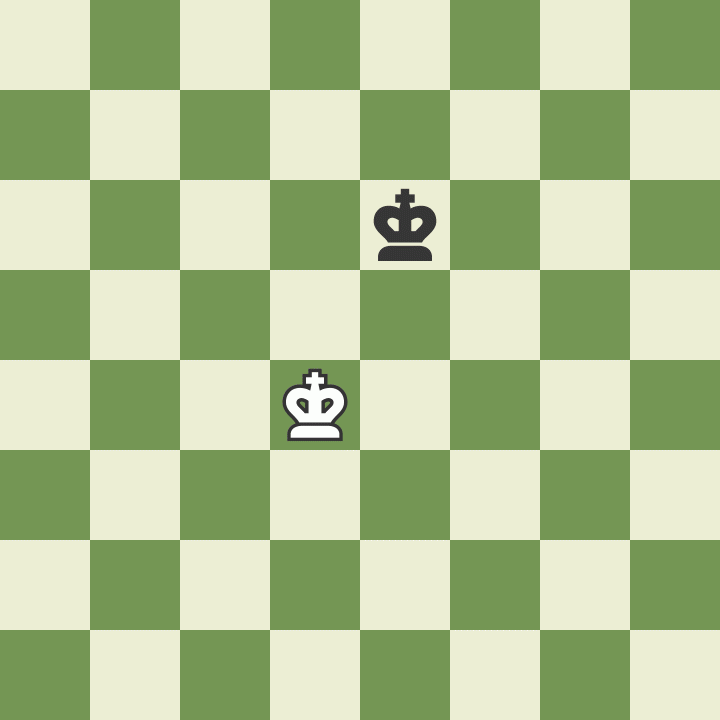
The Queen
1. The most powerful piece in the game.
2. She can move in any one straight direction - forward, backward, sideways, or diagonally - as far as possible as long as she does not move through any of her own pieces.
3. If the queen captures an opponent's piece her move is over.
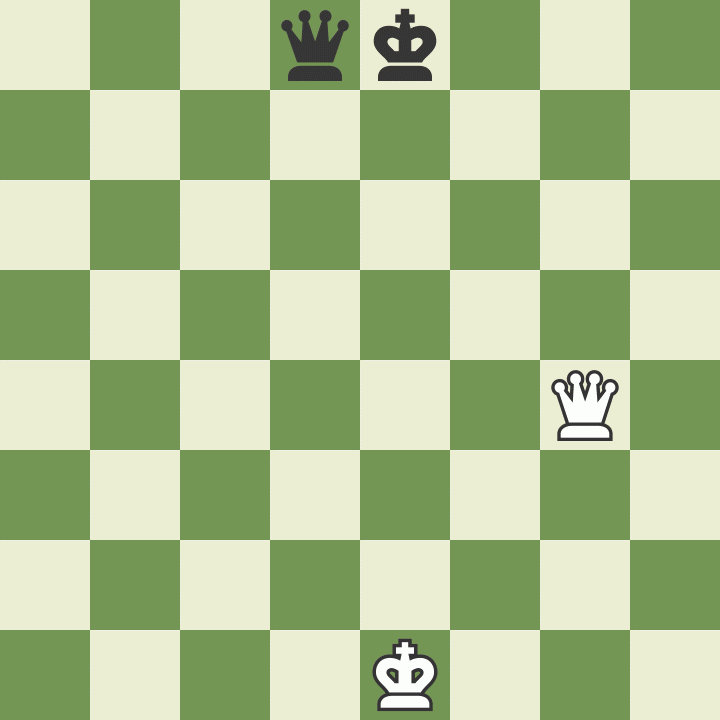
The Rook
1. The rook may move as far as it wants, but only forward, backward, and to the sides as far as possible as long as it does not move through any of it's own pieces.
2. The rooks are particularly powerful pieces when they are protecting each other and working together! Marry those Rooks!
3. If the Rook captures an opponent's piece his move is over.
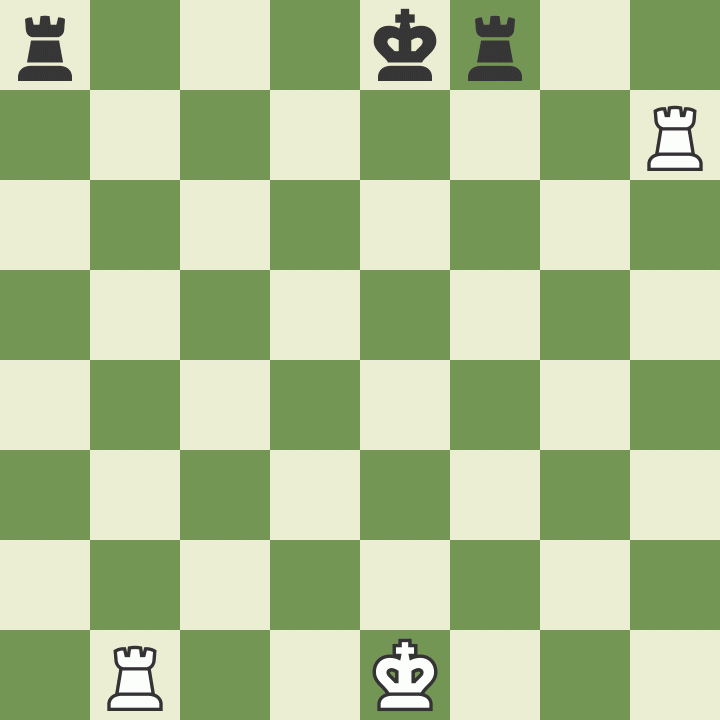
The Bishop
1. The bishop may move as far as it wants, but only diagonally.
2. Each bishop starts on one color (light or dark) and must always stay on that color.
3. Bishops work well together because they cover up each other's weaknesses.
*Fun fact I like to call the bishops the snipers of chess because they seem to come out of nowhere to capture a piece if you are not paying attention.
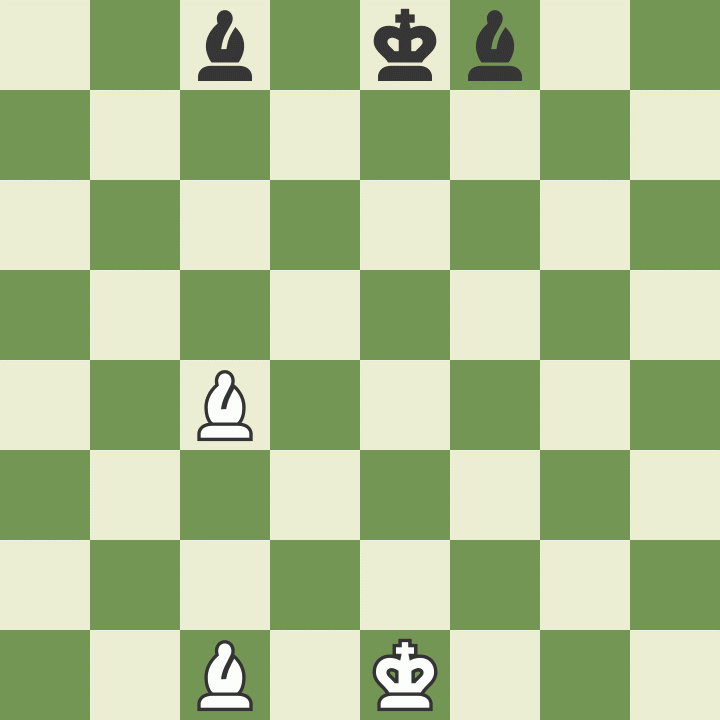
The Knight
1. Knights move in a very different way from the other pieces – going two squares in one direction, and then one more move at a 90 degree angle, just like the shape of an “L”.
2. Knights are also the only pieces that can move over (Jump) other pieces.
3. Superior in a closed position.
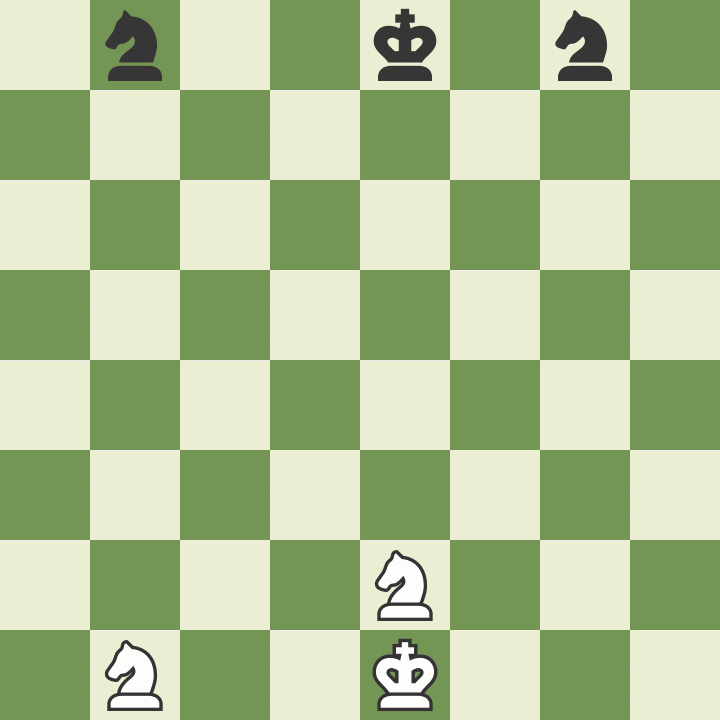
The Pawn
1. They move forward one square, but capture diagonally.
2. They cannot move back.
2. For their very first move a pawn can move forward either one or two squares. They can only move two squares for their first move.
3. Can only capture one square diagonally.
4. If there is another piece directly in front of a pawn he cannot move past or capture that piece.
5. Referred to as the "Soul of Chess" (Let me know in the comments below who said this)
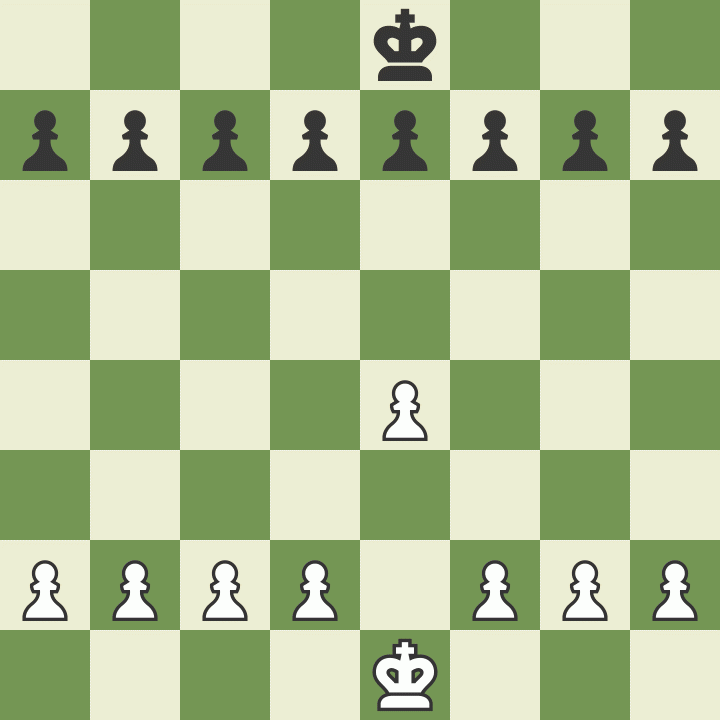
There you have it Knites! This is how we move our beloved chess pieces! You must know that those were only the basics on how to move the pieces! Next show we are going to learn some special rules that are going to make things a bit more interesting!
Once again thank you all for your patience and participation as we continue growing on this journey(Yes I said it again). I want to stress that we need every one of you to be successful and we all have a role in achieving Knitehood! Until we meet again please feel free to comment below any feedback, tips etc... I can't wait to hear from you soon!!
*If you missed any of the previous shows just click below to catch up!
The Journey To KniteHood: #1 The First Step
The Journey To KniteHood: #2 The First Step